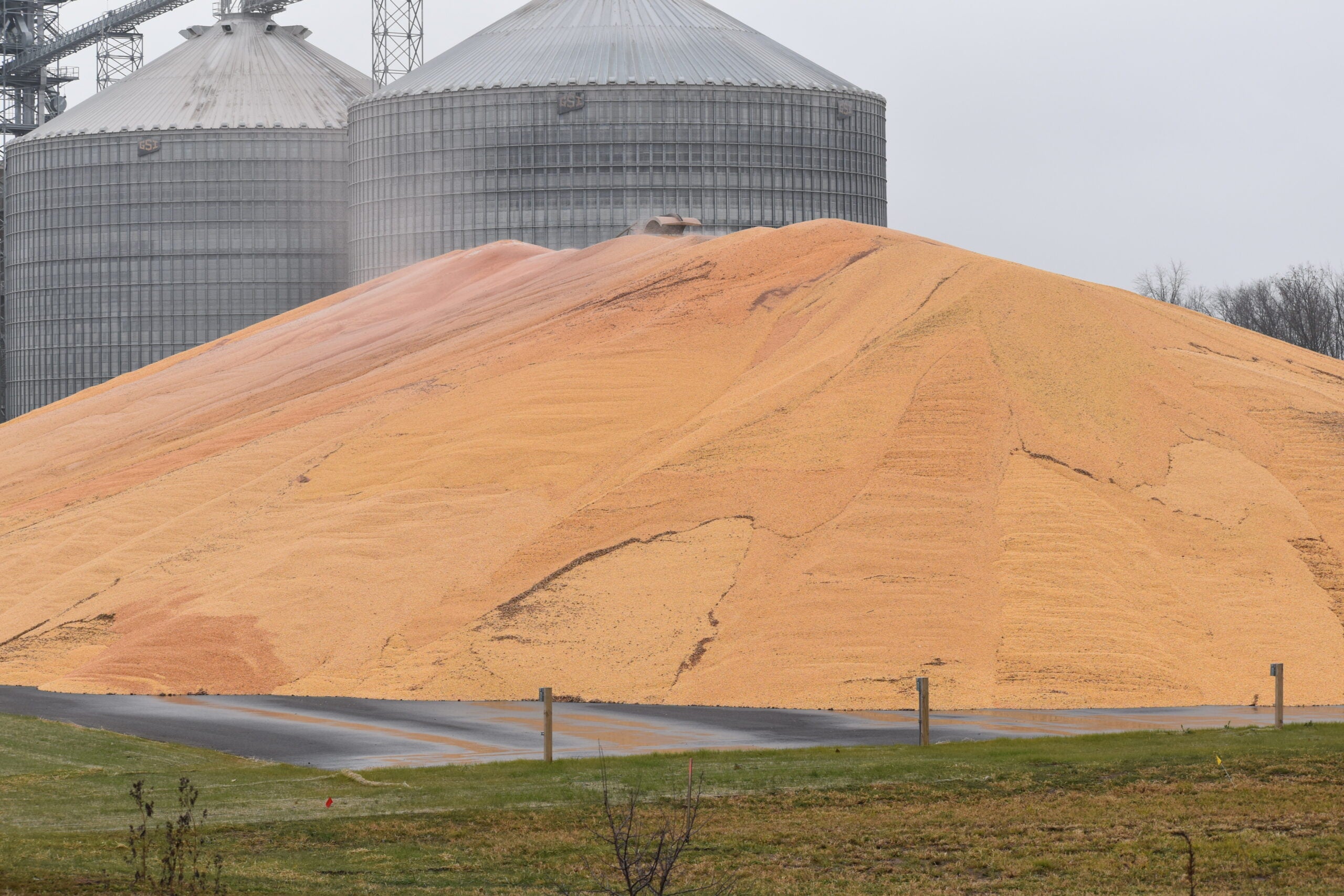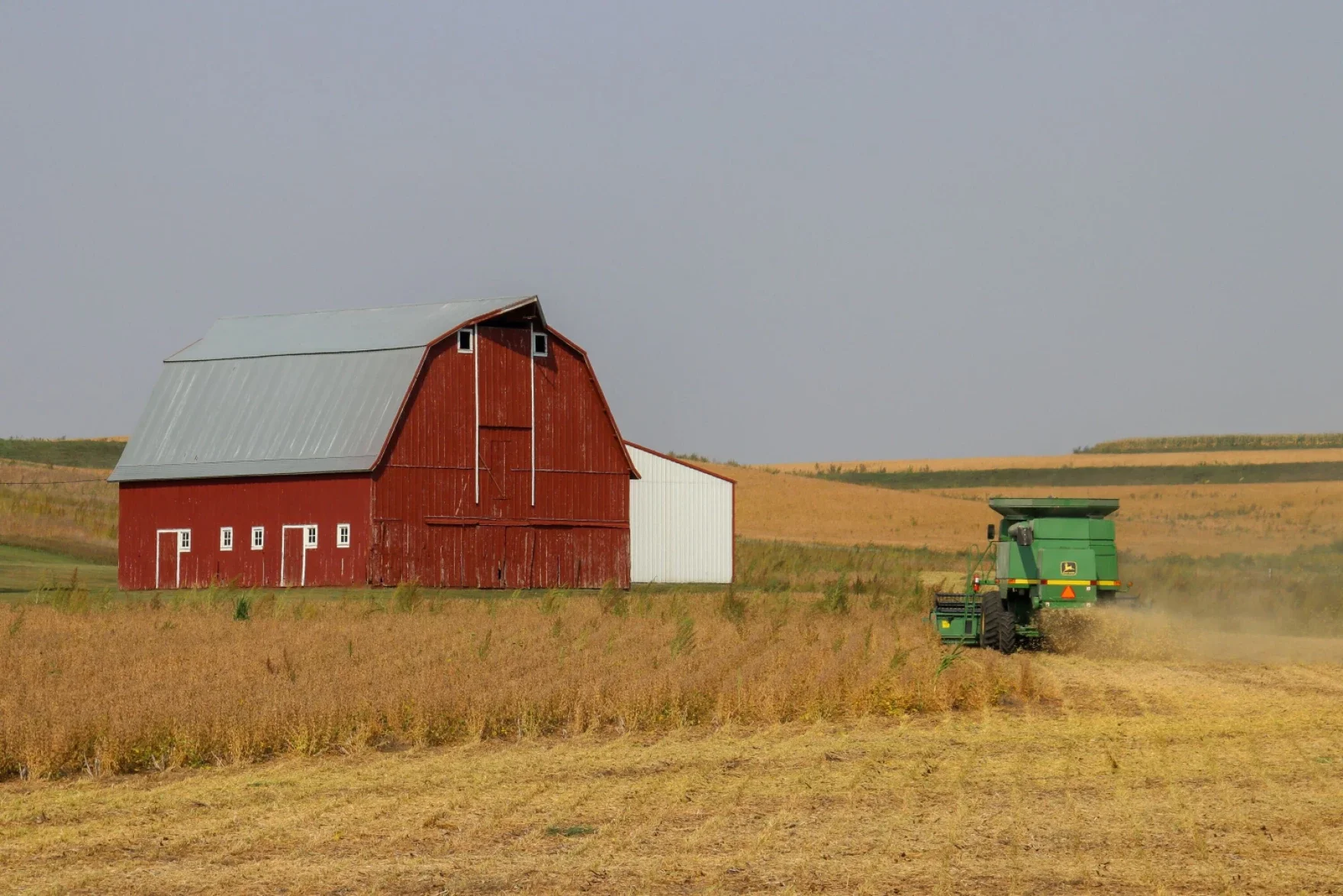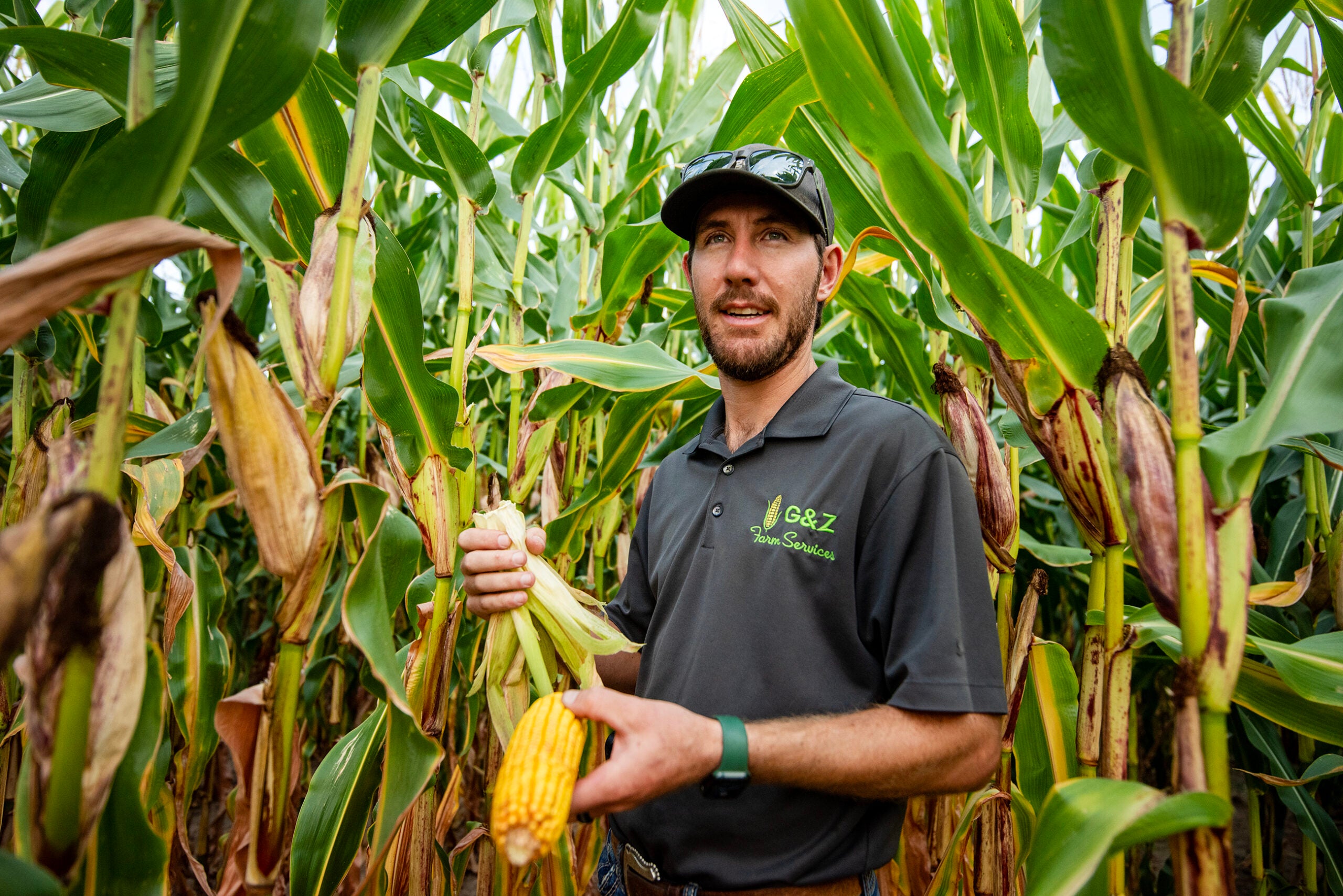Wisconsin crop experts say recent rain has helped keep crops on track despite an abnormally dry start to the season. But some in agriculture worry dry soils could leave crops vulnerable in the coming months.
The state’s field crops are in fairly good condition, but are behind schedule considering the early planting accomplished by farmers this spring, said Shawn Conley, a soybean and small grains specialist for the University of Wisconsin-Madison’s Division of Extension.
“In southern Wisconsin and even northern Wisconsin, it was a record planting time frame this spring,” Conley said. “I had a lot of farmers in southern Wisconsin have all of their crops in by May 1. I talked to a farmer of 40 years and that’s never happened.”
News with a little more humanity
WPR’s “Wisconsin Today” newsletter keeps you connected to the state you love without feeling overwhelmed. No paywall. No agenda. No corporate filter.
Conley said cooler temperatures this spring and the lack of precipitation slowed crop growth for soybeans and corn. But he said the conditions have been favorable for the state’s winter wheat crop, putting it ahead of schedule. He expects farmers to start cutting wheat seven to 10 days ahead of the average time frame, which typically starts July 19.
“Winter wheat, when it is dry, performs very well because it doesn’t have to deal with a lot of diseases and pathogens,” Conley said. “So I’m expecting an above-average, near-record crop of wheat when we get into it.”
The latest crop progress report from the U.S. Department of Agriculture’s National Agricultural Statistics Service shows 62 percent of the soybean crop is rated good to excellent. That’s 3 percent lower than last week. Sixty-nine percent of the state’s corn crop is rated good to excellent, 2 percent below the week before.
Farmers typically start harvesting some corn in September, and soybean harvest starts in October.
UW-Madison agronomist Joe Lauer said the lack of rain across much of the state this spring was starting to put stress on corn and other crops. Rain showers at the end of last week and this weekend have helped put fields back on track for at least the next week.
“They’re not under as much stress as they were a week to 10 days ago. But it’s all just temporary,” Lauer said. “We still need to get that inch of rain a week to really finish the season out.”
Conley said relying on Mother Nature to provide enough precipitation can be a gamble, especially because of the lack of subsoil moisture across the state. The latest crop progress report from the USDA shows 53 percent of the state’s soil is short or very short on moisture.
“We don’t have a lot of buffering capacity,” Conley said. “So if we get into August when that soybean is filling pods or mid-July when that corn plant is pollinating, and we get into a drought spell during those two times, we just don’t have any water reserves out there.”
Because the soils are so dry, Conley said any precipitation needs to come gradually. If several inches of rain fall in a sudden heavy shower, most of that water will run off before the soil can absorb it.
If precipitation trends turn around, he said Wisconsin farmers could see strong prices for their crops come fall, especially if Iowa and other states continue to see moderate to severe drought conditions.
Wisconsin Public Radio, © Copyright 2026, Board of Regents of the University of Wisconsin System and Wisconsin Educational Communications Board.





